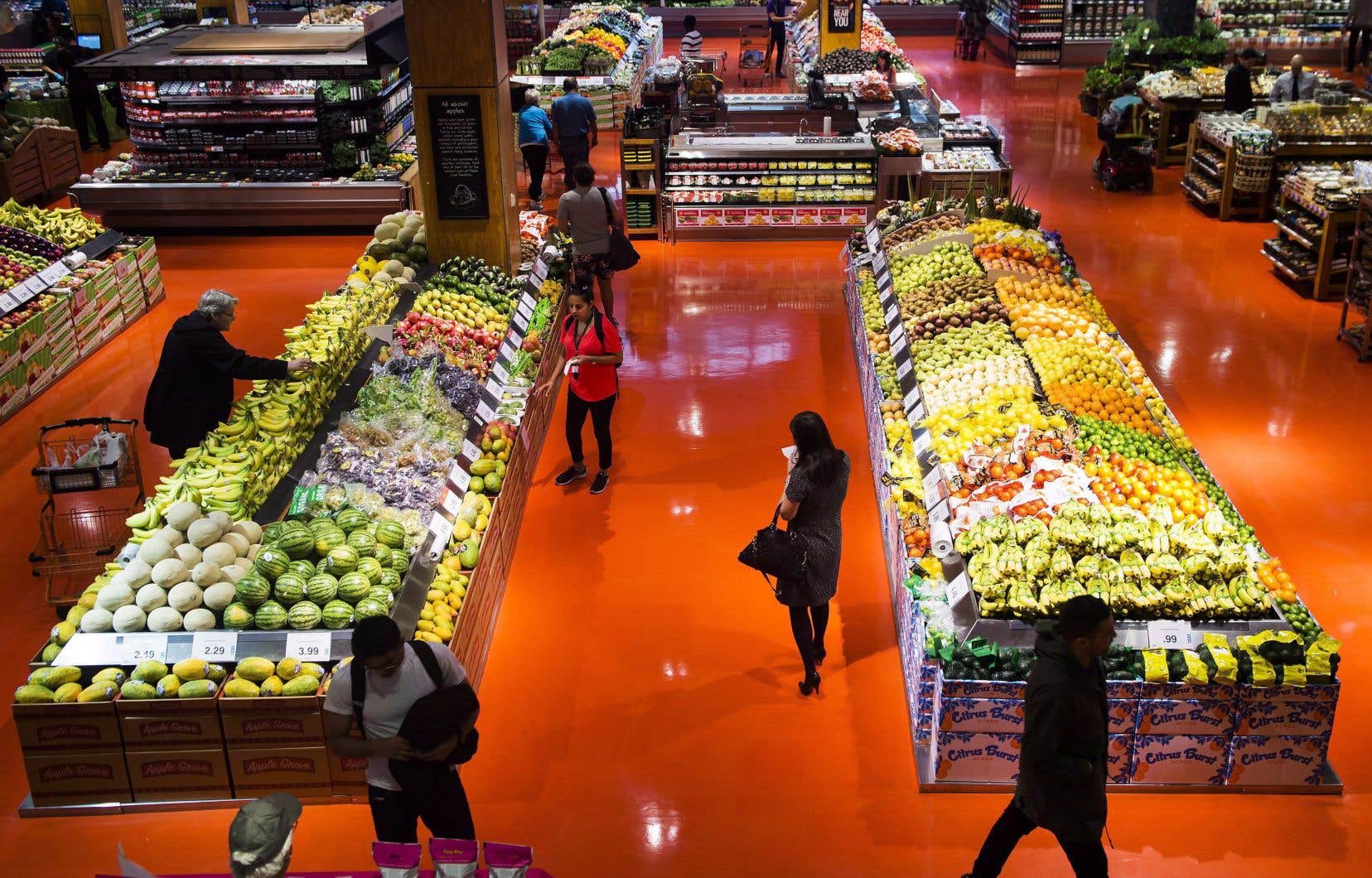Quebec citizens not only generate significant quantities of waste and greenhouse gas emissions, but they also consume far too many natural resources to envisage a viable future for the planet. This is what emerges from an assessment of our “material footprint” published Thursday by the Institute for Socio-economic Research and Information (IRIS).
On the eve of the publication of the update of the Plan for a green economy of the Legault government, the organization underlines that the reduction of greenhouse gas emissions in Quebec is insufficient to fight against the ecological crises which threaten our future .
Three researchers therefore attempted to calculate the “material footprint” resulting from the satisfaction of our “basic needs” in terms of food, transport and the consumption of various goods, such as clothing. This footprint, which takes into account the natural resources necessary for an average Quebecer, would be around 16 to 19 tonnes per year, according to the conclusions of IRIS.
However, adds researcher Colin Pratte, the scientific advice available on the subject concludes that “ecologically viable” consumption should not exceed, at worst, 8 tonnes per year. In short, Quebecers would currently use “at least double” the available resources, taking planetary limits into account.
“This is an important issue, because the exploitation of natural resources contributes in particular to the biodiversity crisis, through the destruction of habitats, the disruption of ecosystems, water cycles, etc. “, argues the IRIS researcher, while specifying that the calculation may contain inaccuracies. However, these do not call into question the conclusions of the study, he assures us.
Obsolescence
The research body bemoans the lack of attention given by policy makers to reducing our consumption of resources. “The material footprint is still the poor relation of the ecological transition. Transportation is an excellent example, since the government is banking on the electrification of the vehicle fleet. But producing an electric car can require three times more natural resources than a gasoline-powered car. Electrification can therefore reduce the carbon footprint, but not the material footprint, which aggravates ecological crises,” explains Colin Pratte.
The rapid obsolescence of many everyday objects, such as cell phones and laptops, also contributes to increasing our consumption of resources. It must be said that the vast majority of these devices are never recovered.
However, for an electronic device, “the weight of all the resources required is 50 to 350 times higher than that of the final product, except for a smartphone, which requires up to 600 times its weight in natural resources” , explains Amélie Côté, analyst at Équiterre, citing data from a study by the French Agency for the Environment and Energy Management.
“Why is it still possible to market phones that break down so quickly, or even larger and more energy-intensive vehicles? What are the political and economic obstacles to the implementation of solutions? asks the IRIS researcher.
“Circular” economy
The Legault government hopes to promote a shift towards a “circular” economy with the Government Sustainable Development Strategy 2023-2028. In the consultation document produced prior to the presentation of this strategy, the “circularity index” of the Quebec economy is estimated at only 3.5%. “This result demonstrates that the majority of the 271.1 million tonnes of resources consumed are not reintroduced into the production system and are therefore wasted,” the report said. This would equate to 32 tonnes of resources and materials per person, which is “a level above the Canadian average”.
In addition to their high consumption of natural resources, Quebecers also individually emit close to 10 tonnes of greenhouse gases per year, twice the world average. To meet the most ambitious objective of the Paris Agreement and limit climate change to +1.5°C, emissions per citizen should not exceed 2 tons.
Moreover, according to Recyc-Québec’s most recent residual materials management report, the quantity of “residual materials eliminated” per inhabitant reached 716 kg in 2021, or 1,578 pounds. This figure, which includes “all categories of materials eliminated from residential or non-residential sources”, was also up from the 2018 balance sheet, which amounted to 696 kg.
